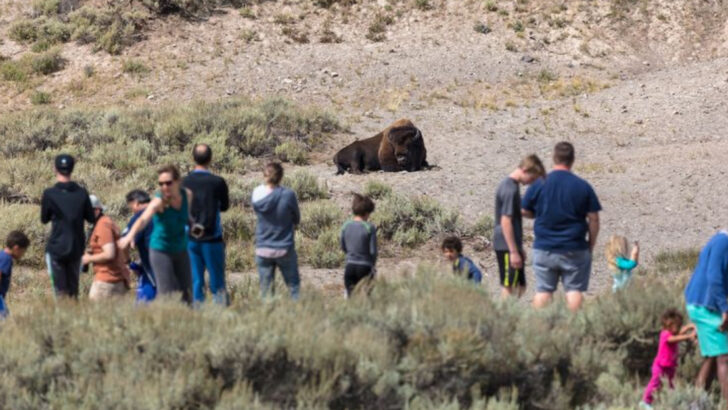Getting too close to a wild animal isn’t brave—it’s reckless.
That moose? It can run faster than you. That bear? It’s not interested in a selfie. And those “cute” baby animals? Their mothers are always watching.
Still, spotting wildlife while hiking is one of the greatest thrills the outdoors has to offer. The key is knowing how to do it without putting yourself—or the animals—at risk.
Whether you’re hoping for a glimpse or accidentally walk into a stare-down, there’s a smart way to handle it. Here’s how to see wild creatures in their element… without becoming part of the food chain.
Understand Animal Behavior

Understanding animal behavior is key to safe wildlife encounters. Animals often give subtle cues about their intentions. For instance, a deer flicking its tail may feel threatened and could flee. Recognizing such signals helps hikers maintain a respectful distance.
Observing from afar, rather than approaching, ensures both your safety and the animal’s well-being. Remember, wild animals are unpredictable, and respecting their space is essential. Learning about different species’ behaviors before heading out can enhance your hiking experience and keep encounters pleasant.
This knowledge not only protects you but also contributes to conservation efforts.
Carry Binoculars for Safe Viewing
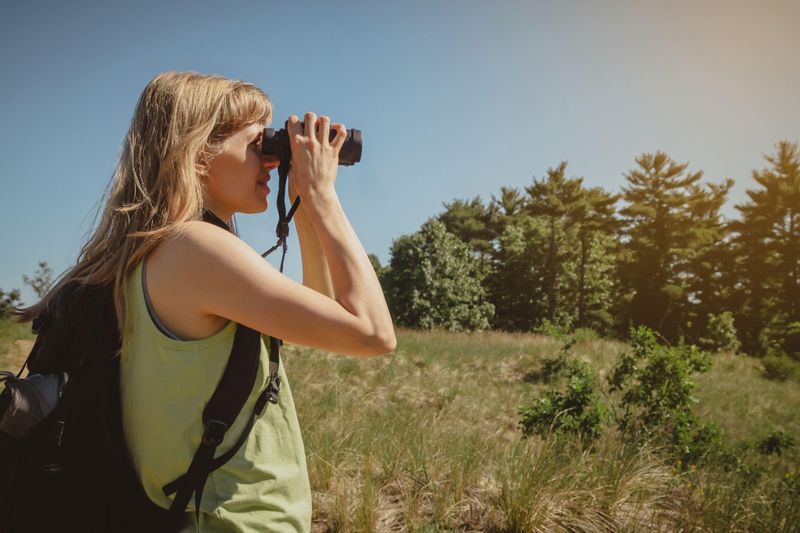
Binoculars offer a safe way to observe wildlife without disturbing animals. With a good pair, you can admire creatures from a distance, avoiding the temptation to get too close. This tool allows for the appreciation of animals’ natural behavior without intrusion.
Apart from safety, binoculars add depth to your hiking adventure, letting you witness details invisible to the naked eye. Whether spotting a bird’s plumage or a bear foraging, these moments enrich your experience.
Investing in a quality pair enhances your ability to see wildlife clearly and responsibly.
Stay on Designated Trails
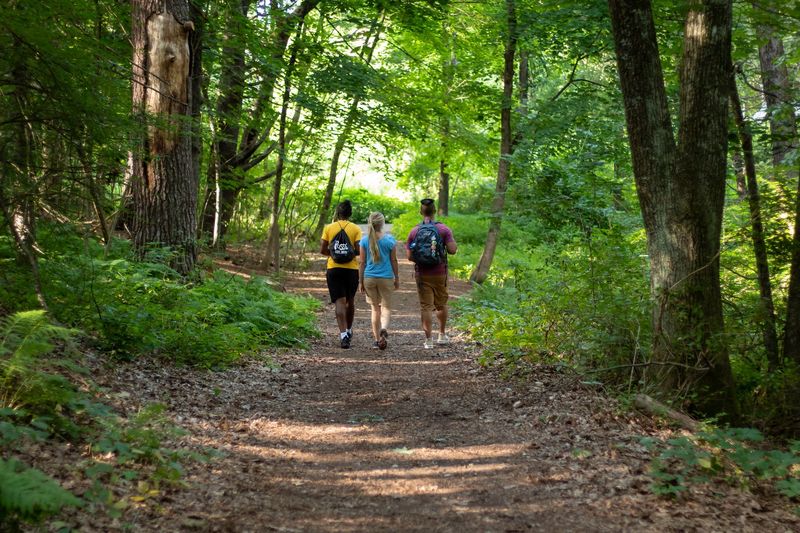
Staying on designated trails minimizes impact on wildlife and their habitats. Trails are designed to protect sensitive areas, ensuring animals have safe havens away from human disruption.
Venturing off-trail can lead to habitat destruction and unintended encounters with wildlife. Keeping to the path respects the balance between outdoor recreation and conservation. Additionally, trails often offer the best vantage points for wildlife viewing.
Following marked paths not only ensures your safety but also contributes to preserving the environment for future generations.
Keep Your Distance from Wildlife
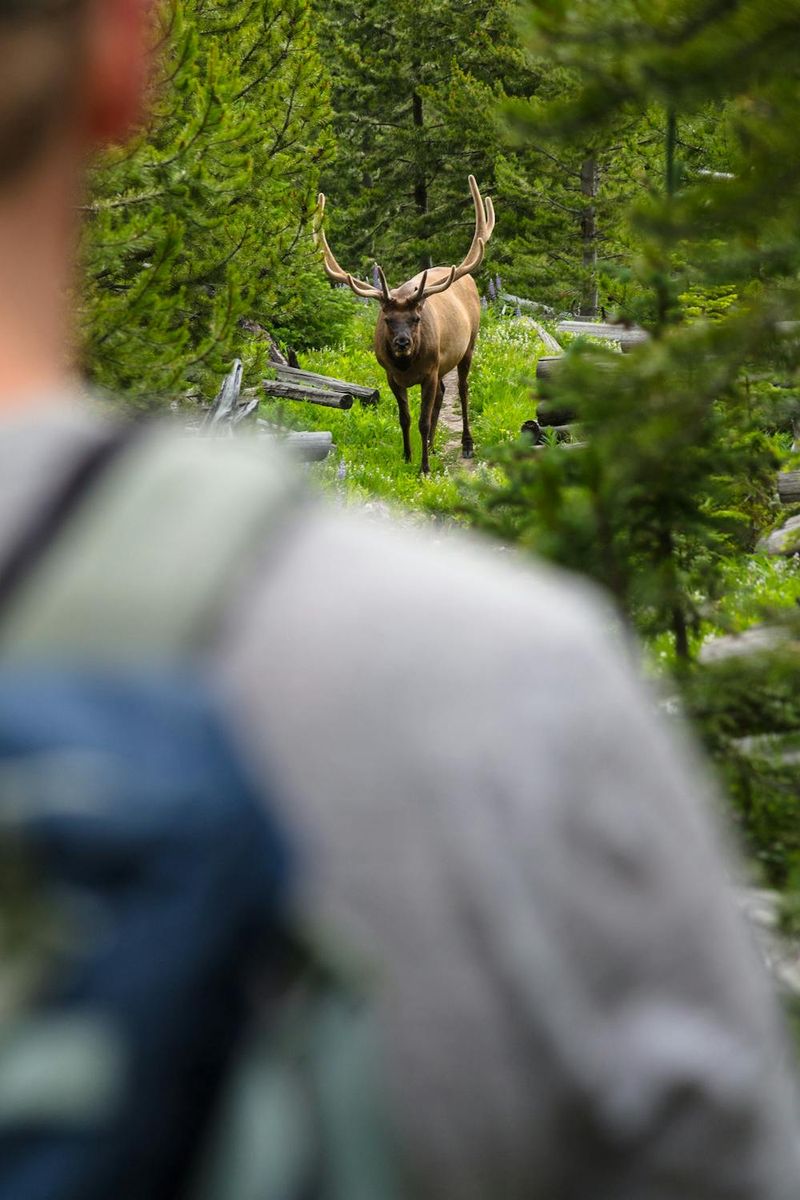
Maintaining distance is crucial when encountering wildlife. Approaching too closely can stress animals, potentially leading to defensive behavior. Observing from a safe distance protects both you and the wildlife.
Using tools like zoom lenses or binoculars helps you appreciate their beauty without intrusion. This practice is vital for personal safety and animal welfare. It’s important to remember that you’re a guest in their home.
Respecting their space ensures harmonious coexistence and prevents negative interactions during your hike.
Travel in Groups for Safety

Hiking in groups provides safety and reduces risks of wildlife encounters. Animals are less likely to approach larger groups, minimizing chances of confrontation.
Group hikes also offer support in case of emergencies, ensuring help is available if needed. Sharing the experience with others adds joy to your adventure and can enhance wildlife watching opportunities.
Moreover, multiple pairs of eyes increase the likelihood of spotting wildlife while staying safe. This collective vigilance benefits both hikers and animals.
Respect Feeding and Nesting Sites

Respecting feeding and nesting sites is essential for wildlife conservation. Disturbing these areas can have long-lasting effects on animal populations. Observing from a respectful distance avoids stress on animals during critical times.
Recognizing and avoiding such sites ensures natural behaviors continue uninterrupted, contributing to ecological balance. Birdwatchers, in particular, should be cautious around nests to prevent distress.
Preserving these habitats enriches your hiking experience and supports biodiversity. This respect helps maintain thriving ecosystems for future enjoyment.
Educate Yourself Before Hiking
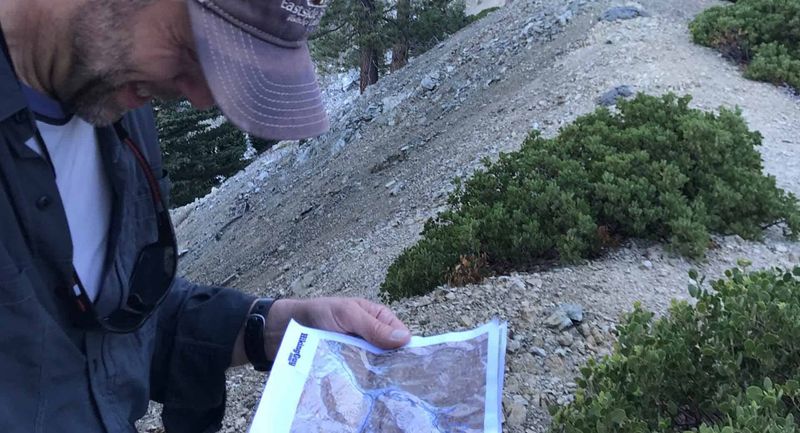
Education is a powerful tool for a safe hiking experience. Understanding the wildlife in an area helps anticipate behaviors and avoid dangerous encounters. Guidebooks and online resources provide valuable information about local species and habitats.
Preparing with knowledge enhances your appreciation for the environment and promotes responsible hiking practices. Knowing what to expect allows you to plan accordingly and reduces surprises on the trail.
Such preparation ensures a more enjoyable and safe outdoor adventure, benefiting both hikers and the natural world.

